Knit Compound Fabric (KCF) is the newest innovation in the textile industry that has taken the market by storm. This unique fabric is made by combining two different textiles, one knitted and the other woven, to create a super-strong and versatile material that is ideal for a range of applications.
The process of creating KCF involves the knitting of one layer and the weaving of another, which are then fused together using a special adhesive. The result is a flexible and durable fabric that is easy to shape, and which can be used to create a wide range of products such as bags, shoes, clothing, and even furniture.
One of the advantages of KCF is its ability to combine the best properties of different materials. For example, it can be used to create fabrics that are both breathable and waterproof, or that have a soft feel on one side and a rougher texture on the other. This makes it ideal for use in outdoor clothing and equipment, as well as in medical and healthcare products.
Another advantage is its versatility in terms of design. KCF can be made in a variety of colors and patterns, and can be printed on or embroidered to create unique and eye-catching designs. Its strength and flexibility also make it ideal for creating complex designs and 3D shapes, which can be used to produce bespoke products that are both functional and aesthetically pleasing.
KCF also has environmental benefits. The use of multiple textiles in its manufacturing process means there is less waste, and the combination of different materials can create products that are more sustainable and eco-friendly.
The adoption of KCF by major textile companies is a testament to its advantages and potential. Big brands such as Nike, Adidas, and Puma have already started using KCF in their products, and many more are expected to follow suit.
In conclusion, the development of KCF is a significant breakthrough in the textile industry that offers a range of benefits, from increased durability and versatility, to unique and customizable designs, and environmental advantages. Its adoption by major brands is a clear indication of its potential to revolutionize the industry and pave the way for a more sustainable and innovative future.

